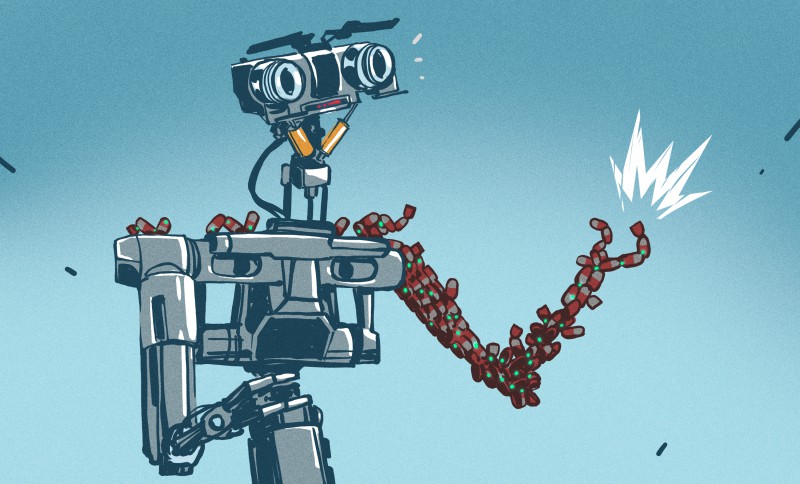 TOKYO – Japan’s economy grew faster than expected in the third quarter due to strong exports, posting the longest period of uninterrupted growth in more than a decade.
TOKYO – Japan’s economy grew faster than expected in the third quarter due to strong exports, posting the longest period of uninterrupted growth in more than a decade.
The economy expanded at a 1.4 percent annualized rate in July-September, slightly above the median estimate for annualized growth of 1.3 percent, Cabinet Office data showed on Wednesday.
That followed revised annualized growth of 2.6 percent in April-June.
Consumer spending fell for the first time in seven quarters but this is expected to be temporary because the economy is near full employment, which should bolster domestic consumption in the future. Rising capital expenditure and exports are also expected to keep the economy growing, which should ease some concerns about sluggish inflation.
“Japan’s potential growth rate is around 1 percent, so the results for the third quarter show the actual rate of growth is quite high,” said Hidenobu Tokuda, senior economist at Mizuho Research Institute.
“The jobs market is doing so well that consumer spending is sure to pick up in the future. Capital expenditure still looks healthy. The economy is doing well.”
Gross domestic product (GDP) grew 0.3 percent compared to the previous quarter, which matched the median estimate and followed a 0.6 percent quarter-on-quarter expansion in April-June, Cabinet Office data showed on Wednesday.
The results show that Japan’s economy has grown for the seventh straight quarter, the longest period of expansion since an eight-quarter run from April-June 1999 to January-March 2001.
External demand – or exports minus imports – was the biggest reason for expansion, adding 0.5 percent to growth.Shipments of cars and electronic parts to the United States and Asia were strong in the third quarter, reflecting improving global demand, a Cabinet Office official told reporters.
In comparison, negative external demand subtracted a revised 0.2 percentage point from GDP growth in April-June.
Private consumption, which accounts for about two-thirds of GDP, fell 0.5 percent from the previous quarter, more than the median estimate of a 0.3 percent contraction to mark the first decline since October-December 2015.
The decline was driven by lower spending at restaurants and hotels, as well as reduced spending on cars and mobile phones, the official said. Bad weather during the quarter may have hurt spending, the official said.
“There’s no change to our view the economy is recovering moderately as a trend,” Japanese Economy Minister Toshimitsu Motegi told reporters.
“We need to make the recovery a durable one, so we’ll proceed with reforms to boost Japan’s productivity.”
Capital expenditure rose 0.2 percent in July-September from the previous quarter, less than the median estimate for a 0.3 percent increase but still up for the fourth straight quarter.
Capital Economics’ Senior Japan Economist Marcel Thielant said available data suggested that economic activity continued to expand in the current quarter, noting household incomes maintained solid growth and external demand was holding up.
“However, the economy is running into capacity constraints which suggests that growth will start to slow next year. We reiterate our forecast that growth will moderate from 1.5 percent this year to 1 percent in 2019,” he said.
Japan’s government is due to announce a package of economic measures by year-end aimed at increasing investment in skills training and raising productivity.
This long run of growth should encourage the Bank of Japan to stick with the current monetary easing framework, given its argument that inflationary pressure will percolate through the economy as long as growth is on track.























